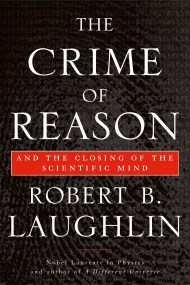The First Idea
How Symbols, Language, and Intelligence Evolved from Our Primate Ancestors to Modern Humans
Contributors
By Stuart Shanker
Formats and Prices
Price
$25.99Price
$33.99 CADFormat
Format:
- Trade Paperback $25.99 $33.99 CAD
- ebook $12.99 $16.99 CAD
Also available from:
Genre:
- On Sale
- Feb 7, 2006
- Page Count
- 512 pages
- Publisher
- Da Capo Press
- ISBN-13
- 9780306814495
Newsletter Signup
By clicking ‘Sign Up,’ I acknowledge that I have read and agree to Hachette Book Group’s Privacy Policy and Terms of Use







